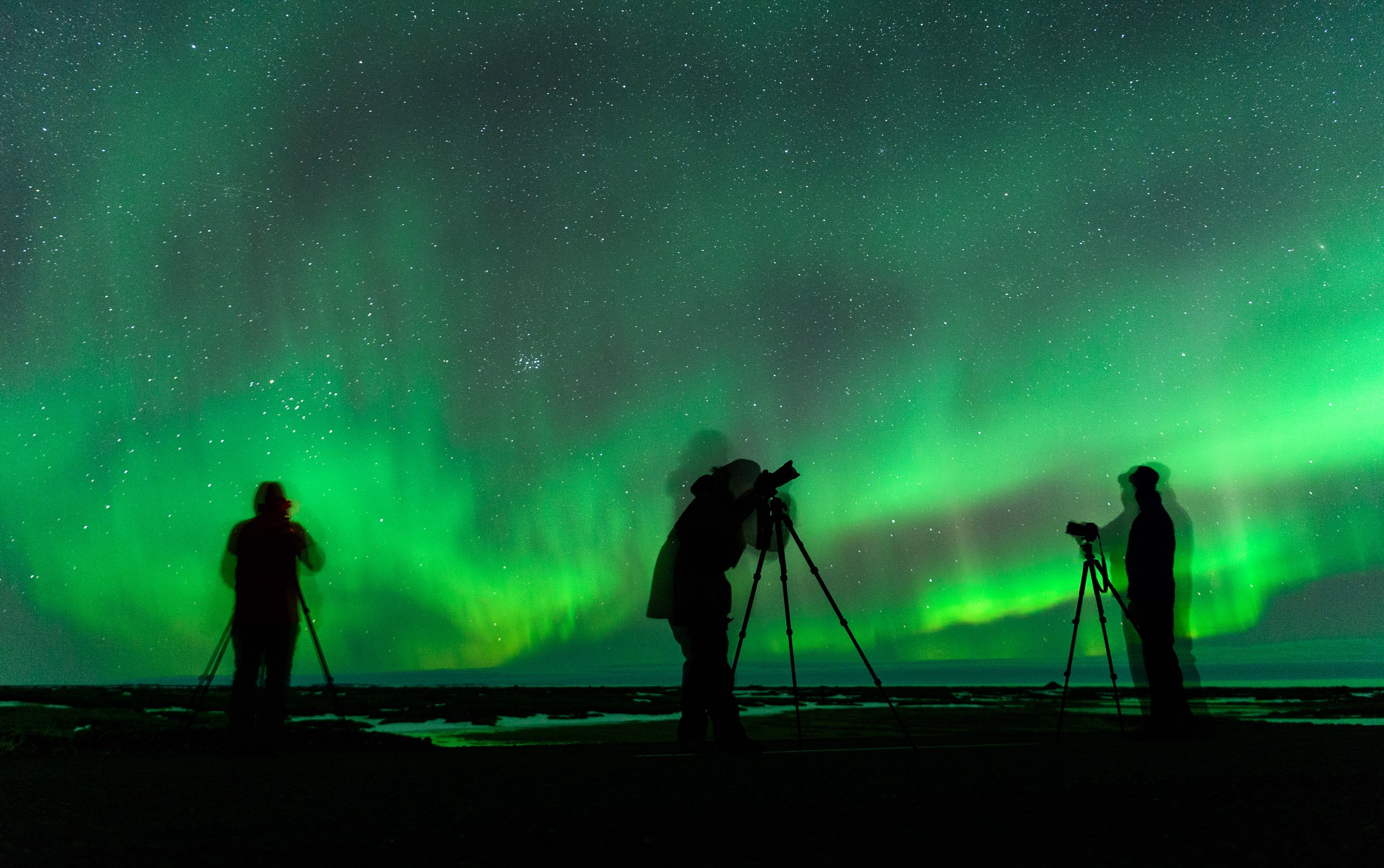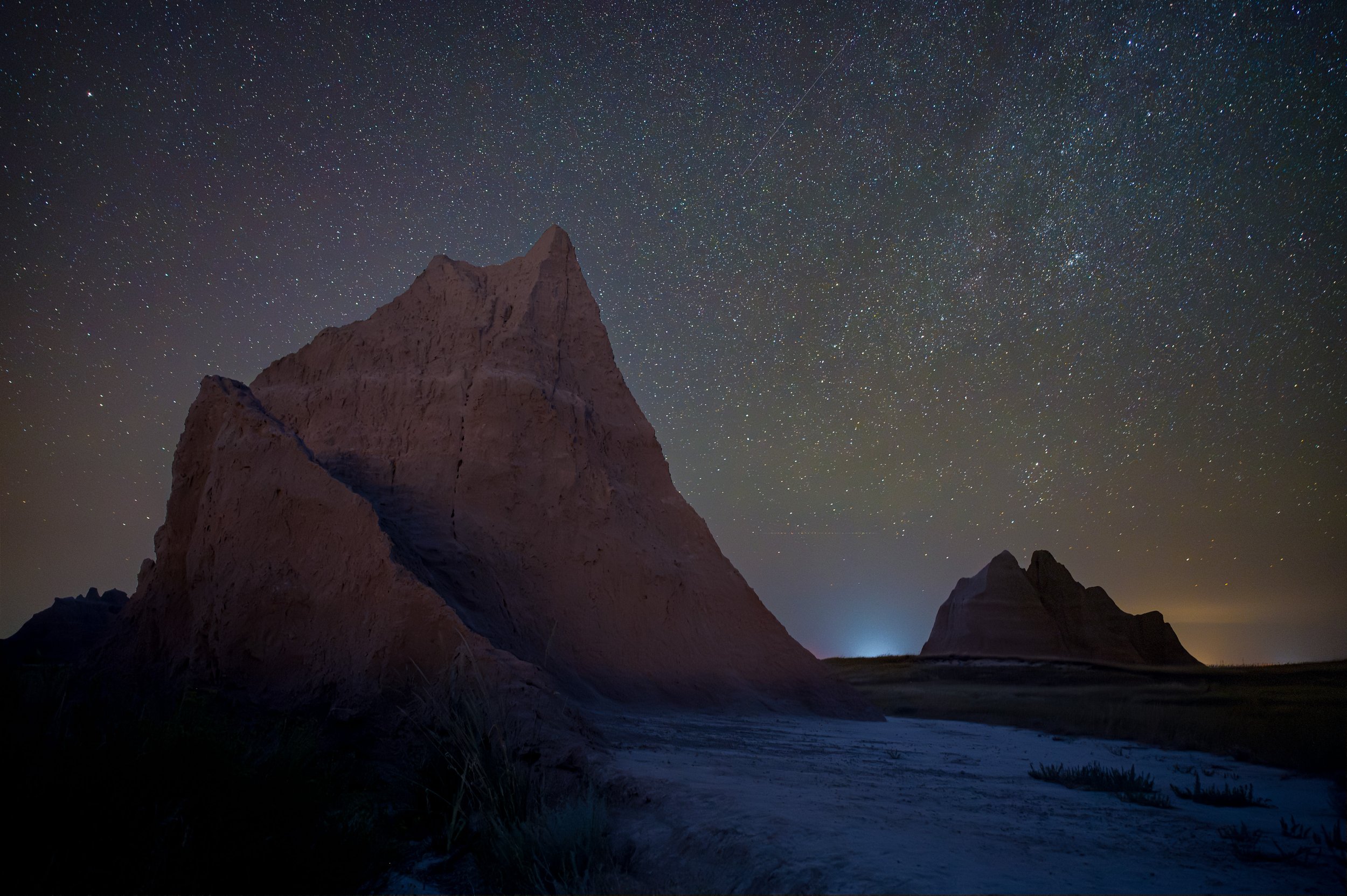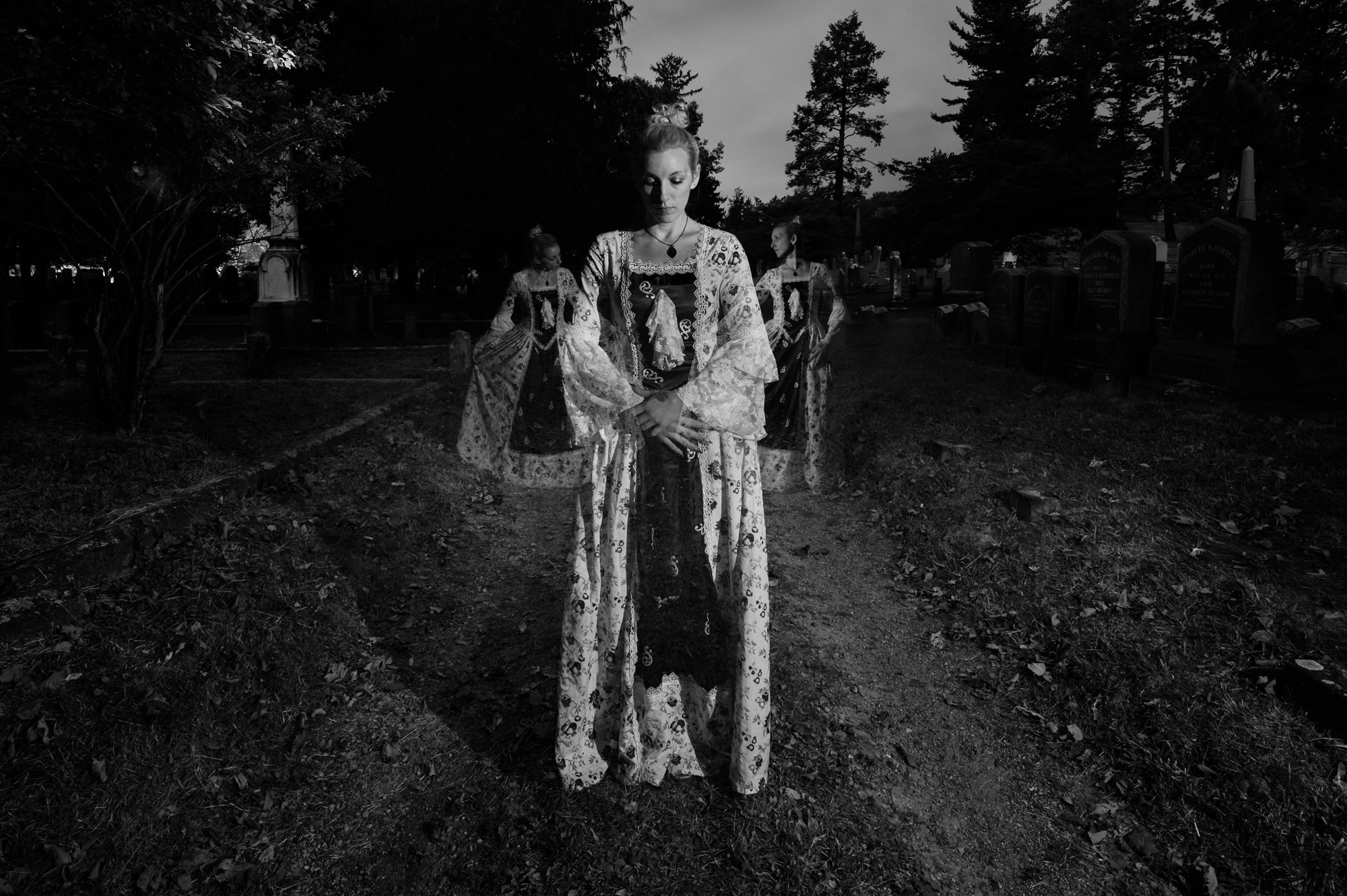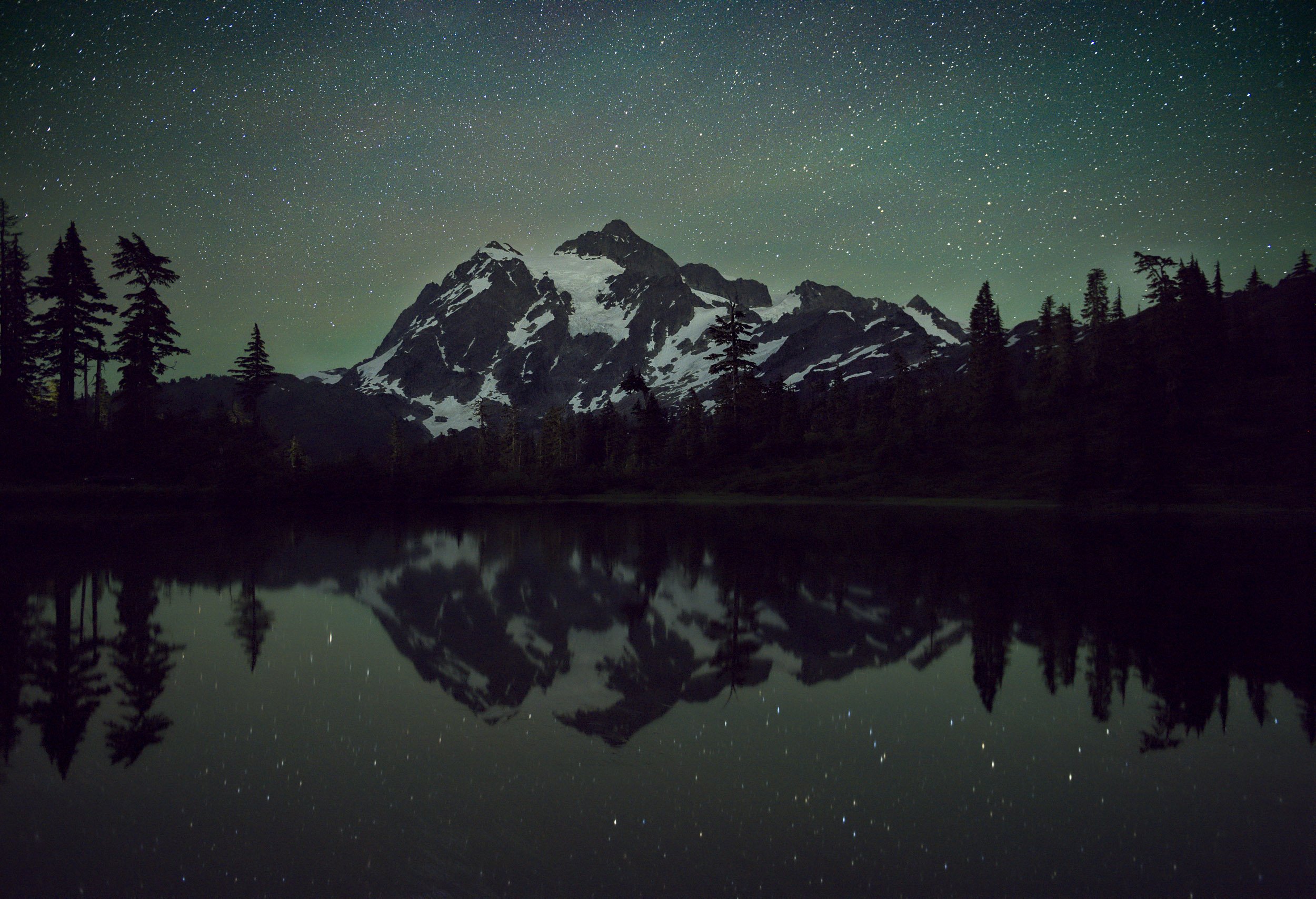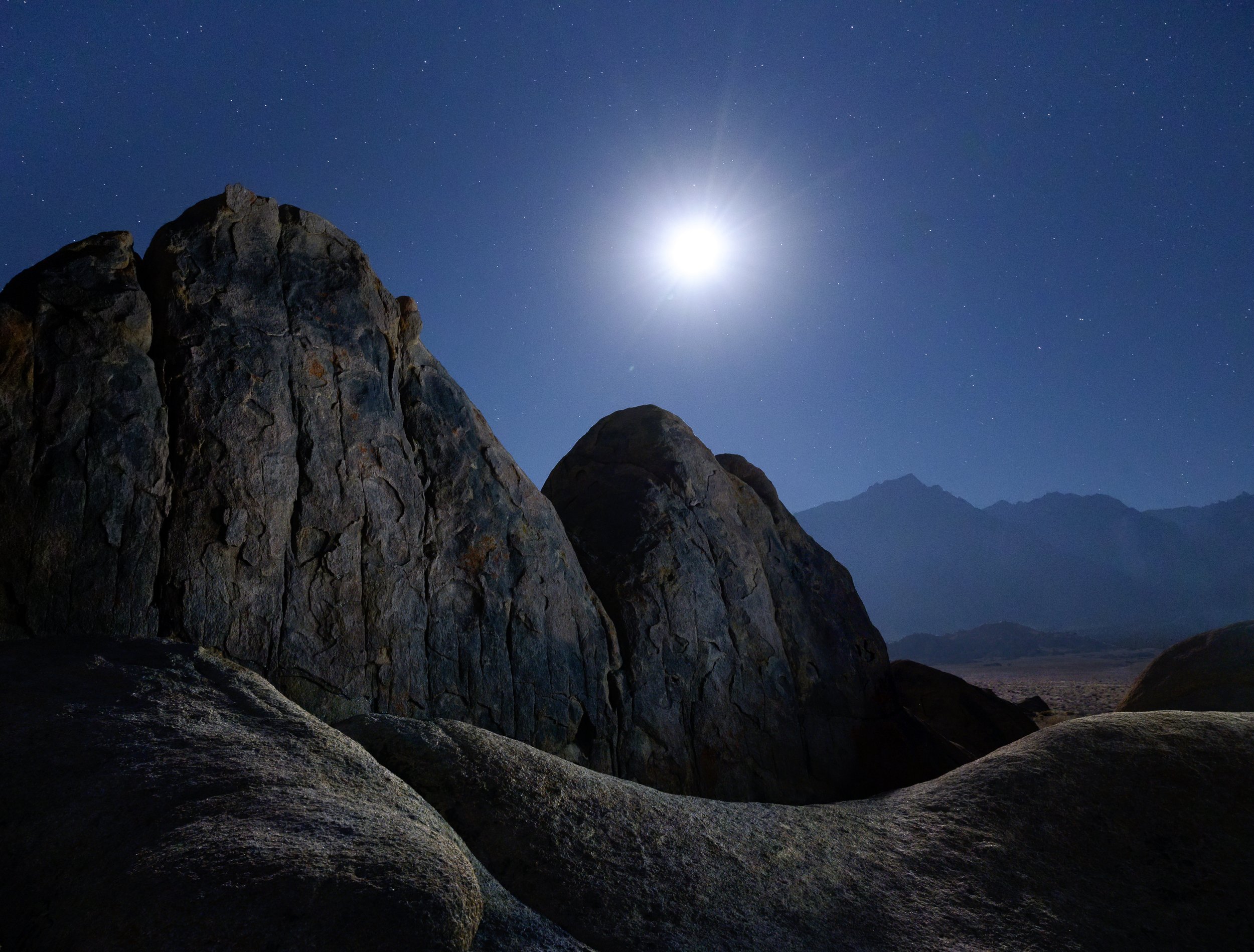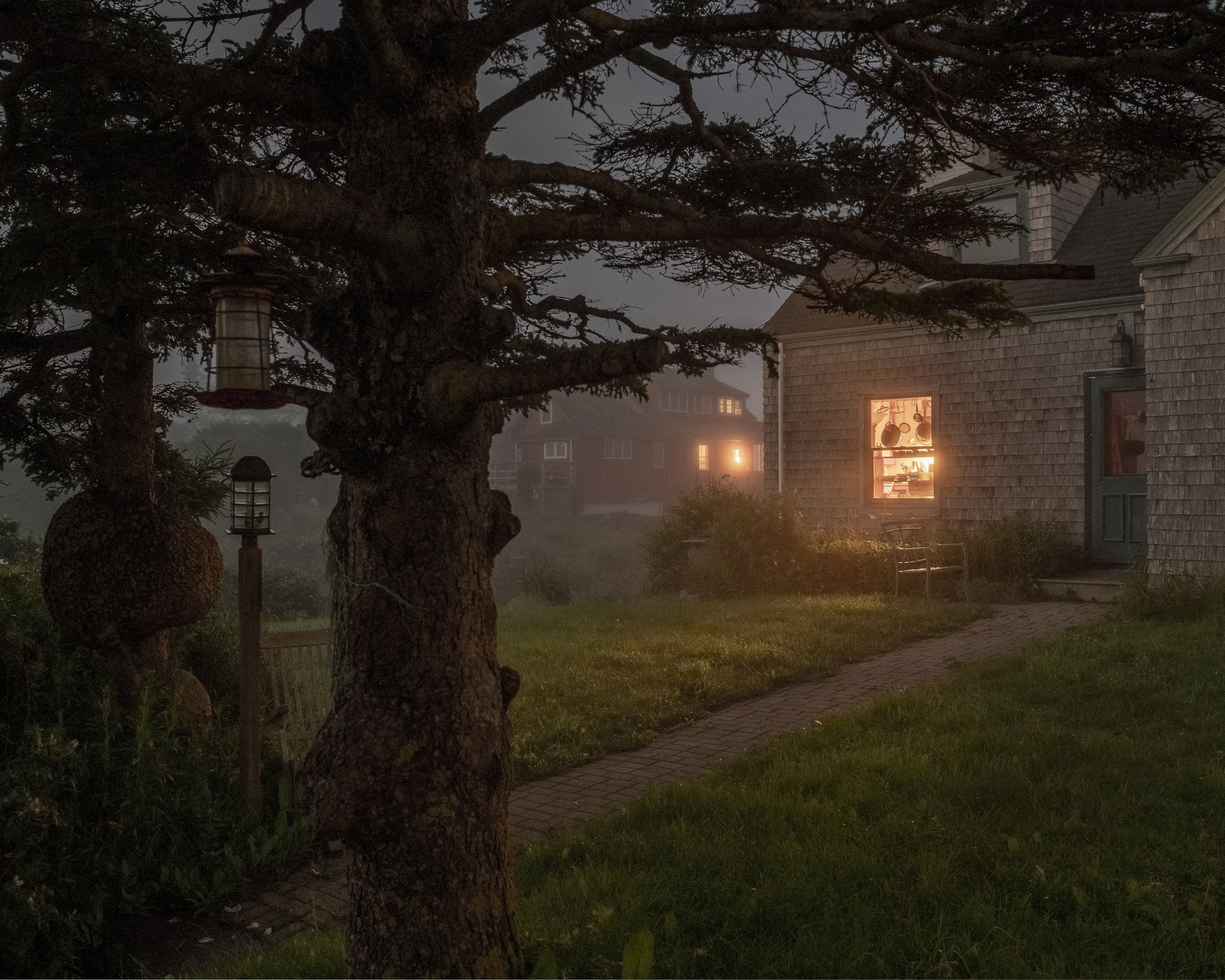Hyperfocal focusing is a time-tested technique for maximizing depth of field, which is especially useful with the wide apertures used in astro-landscape photography. Pre-focusing using the hyperfocal distance (HFD) also has the added advantages of ensuring accurate focus in extreme low-light situations, and of negating the need to refocus between every shot.
The hyperfocal distance is the nearest point—for any given focal length, aperture and camera format—that will keep infinity in acceptably sharp focus.
For every lens there is an exact point of focus, and an area in front of and behind the focal point, that is reasonably or acceptably in focus. Sharpness falls off gradually as you move farther away from the focal point, until the image is noticeably out of focus. This zone of focus is what we know of as depth of field.
When a lens is focused at the hyperfocal point, the depth of field extends from half of that distance to infinity. For example, if the hyperfocal distance for your lens/aperture/camera combination is 30 feet, then your depth of field extends from half of that distance—or 15 feet—to infinity.
Most prime lenses have a depth of field (DOF) scale that allows you to pre-focus to the hyperfocal distance. The scale combines the use of distance markings with pairs of numbers representing the f-numbers of the lens, one on either side of the mark representing the focal point. By lining up the infinity symbol on the distance scale with the outer number representing your working aperture, you are focusing the lens to the hyperfocal distance!
This manual focus Olympus Zuiko Shift 35mm lens shows the depth of field scale, and is set to the hyperfocal distance for f/22. By placing the infinity mark just inside the right-hand 22 on the DOF scale, the HFD is set. The actual focal point is a little more than 7 feet, and the depth of field extends from about 4 feet to infinity. The HFD increases as the aperture diameter is increased, and depth of field increases as the aperture gets smaller.
The near distance in the depth of field will be indicated by the inside number or colored line on the DOF scale. The scale provides only an approximation of the true DOF, and for this reason, it’s a good idea to use the HFD for the aperture one stop larger than your working aperture. In other words, if you are shooting at f/4, focus to the HFD for f/2.8, which ensures that infinity will be perfectly sharp, thereby giving you a comfortable margin of error.
Zoom lenses do not have DOF scales, because the DOF changes with the focal length as the lens is zoomed in and out. But if your lens does not have a depth of field or distance scale, you can still use hyperfocal focusing by employing one of the many smartphone apps designed for this purpose. The one shown here is called Tack Sharp, and is easy-to-use, highly customizable, and accurate.
Tack Sharp
Once you determine the appropriate HFD, walk off the distance from the camera by counting your steps and place a flashlight on the ground pointed back toward the camera. Focus on the light, and now you’re focused at the HFD. The average adult stride is about three feet, so if your HFD is 30 feet, start at the camera, and walk ten steps into the shot, and that’s where you place the light to focus on.
Don’t worry if your measurement isn’t completely accurate; this is one of the reasons for calculating the hyperfocal distance conservatively by closing down the lens an extra stop. A laser measuring device can also be used to more accurately measure the hyperfocal distance. After HFD is achieved, the focus ring on the lens can then be secured with tape, ensuring the lens will remain properly focused all night. Of course, if you change apertures, your HFD will change, and you will need to refocus.
If this all sounds confusing, rest assured that once you have your lens focused at the HFD, you can leave it there as long as you use the same aperture. Those with low vision or who have difficulty focusing at night should consider pre-focusing their lenses before dark.



